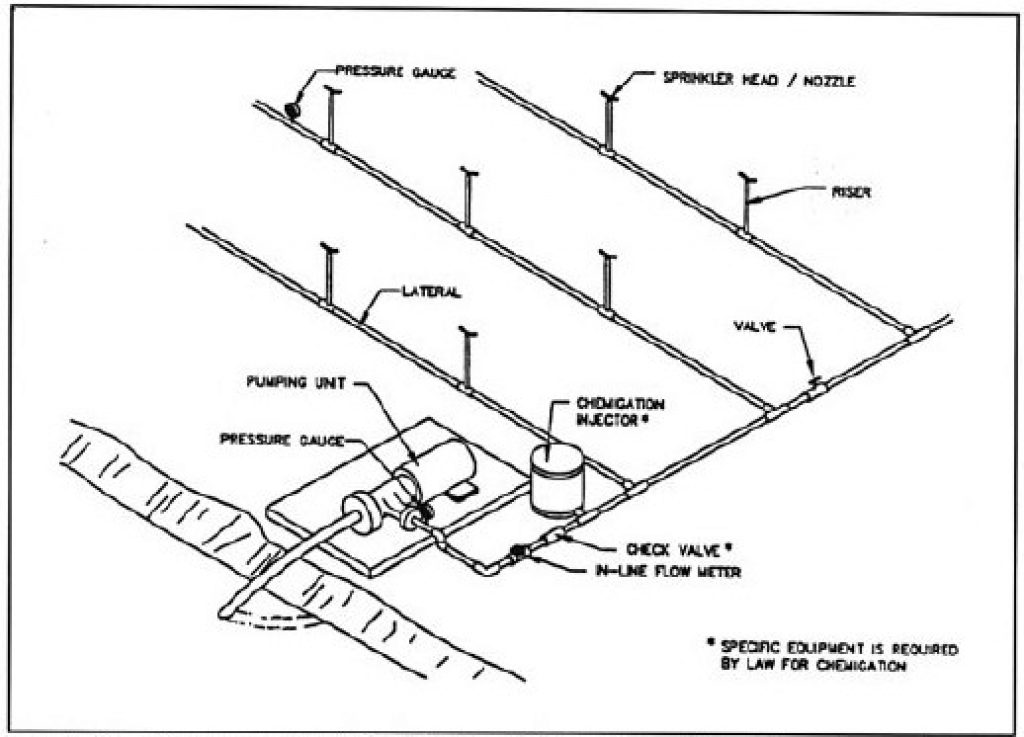Fire safety is not just a precaution; it’s a necessity. Automatic fire suppression technologies and fire brigade training are key components for effective fire management.
Automatic sprinklers focus on rapid response, emergency responders address broader challenges. Together, these elements create a powerful fire safety plan.
The Basics of Sprinkler Systems
Sprinkler-based safety systems work to contain fire spread. Activated by heat sensors, they deploy water to where it’s needed most.

Primary benefits to use automatic suppression systems include:
- Early containment: Minimizes damage.
- No manual intervention needed: Provides constant readiness.
- Localized activation: Uses water efficiently.
Why Fire Brigade Training is Crucial
Fire emergency drills prepares individuals to act during fire crises. While sprinklers handle the initial response, human involvement remains critical.

Response readiness courses cover the following areas:
- Fire prevention awareness: Minimizing potential threats.
- splinkers incendiosprinklers incêndiosprinklers incêndio
- Emergency exit planning: Reducing panic during emergencies.
- Using extinguishers correctly: Becoming skilled in fire management.
The Importance of Combining Systems and Training
Sprinkler systems and fire brigade training form a comprehensive fire safety approach. Sprinklers manage the fire’s onset, fire brigades handle residual risks.

The synergy between these solutions strengthens overall safety for residential buildings, commercial spaces, and industrial sites.
Why Both Sprinklers and Training Are Essential
A robust defense against fire hazards combines advanced systems with team skills. Advanced fire suppression setups control fires quickly, while fire brigade training prepares individuals for any scenario.
Start enhancing your fire safety today by investing in comprehensive safety measures. Both systems and responders are essential!
Comments on “Complete Guide to Sprinkler Systems and Fire Brigade Training”